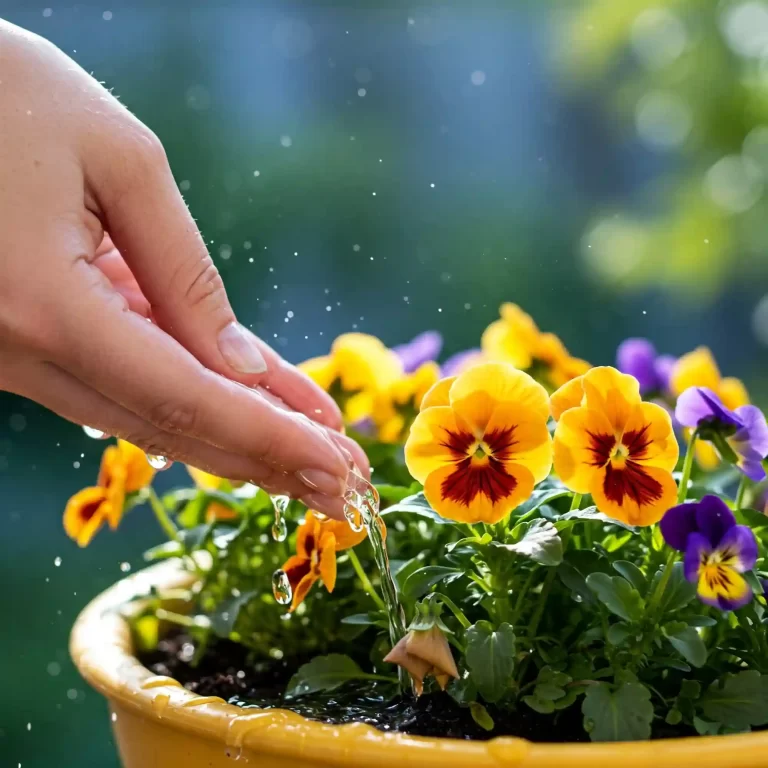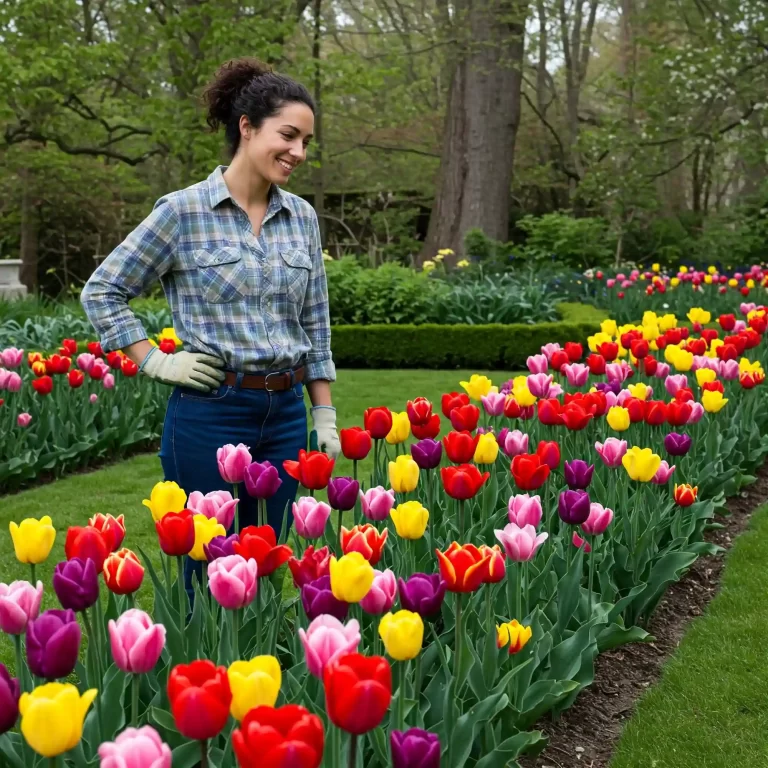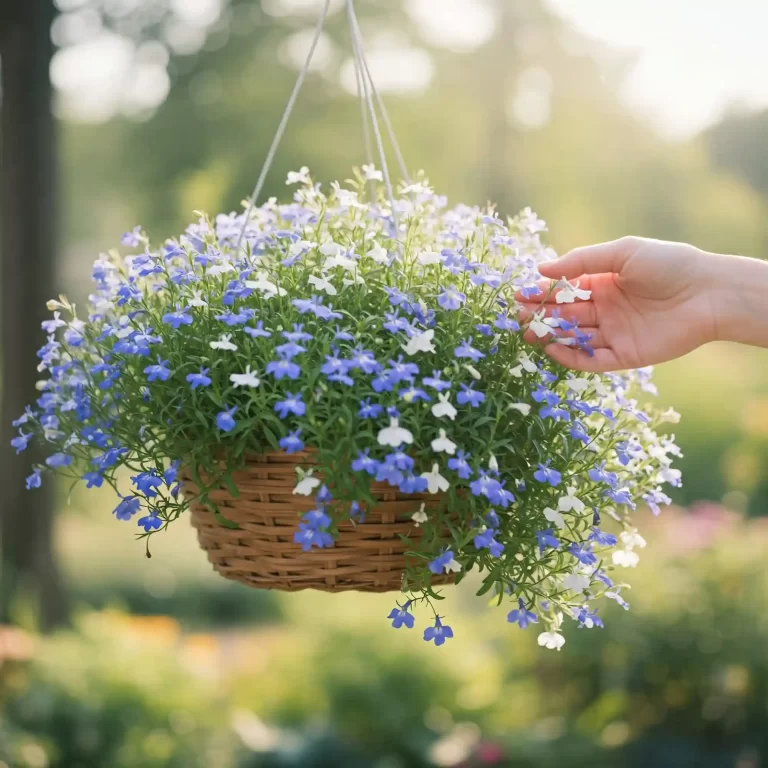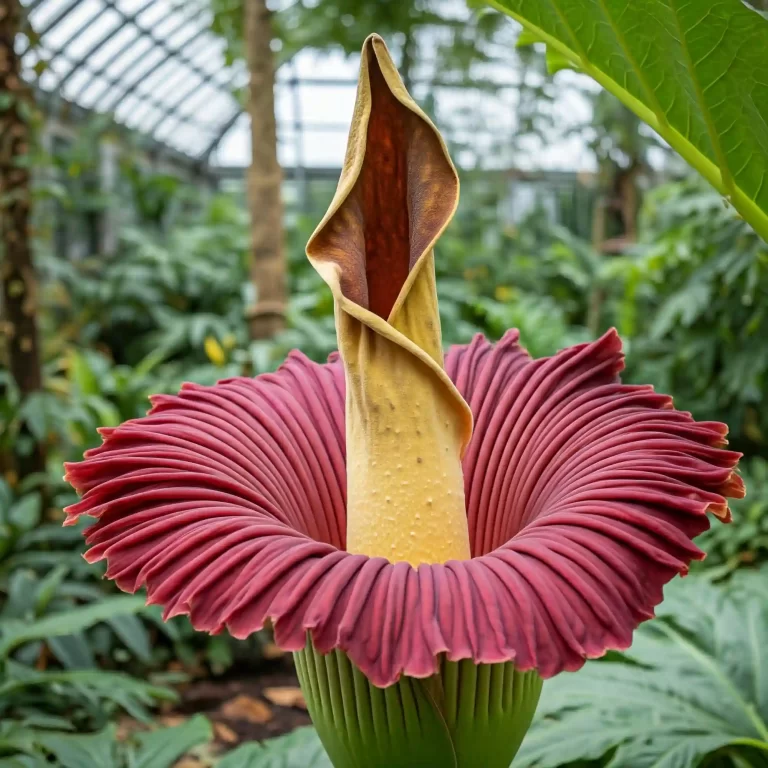Bring a touch of sophistication and greenery to your home with the stunning Anthericum. This low-maintenance houseplant boasts elegant, arching leaves and delicate white flowers, adding a touch of timeless beauty to any space. But don’t be fooled by its delicate appearance – Anthericums are remarkably resilient and forgiving plants, perfect for busy homeowners or gardening novices.
This comprehensive guide will equip you with all the knowledge needed to cultivate a thriving Anthericum. We’ll delve into choosing the perfect variety, providing the ideal growing conditions, and offering tips for ongoing care. With a little TLC, your Anthericum will reward you with years of lush foliage and graceful blooms.
Choosing Your Ideal Anthericum
The genus Anthericum boasts a diverse range of species, each offering unique characteristics. Here are some popular choices to suit your preferences:
- St. Bernard’s Lily (Anthericum liliago): A classic choice, featuring bright green, strap-like leaves and abundant star-shaped white flowers in late spring or early summer.
- Spider Plant (Chlorophytum comosum): Though technically not a true Anthericum anymore, it’s included due to its close relation. This popular variety is known for its cascading foliage and spiderettes that produce baby plants.
- Variegated Spider Plant (Chlorophytum comosum ‘Variegatum’): A stunning variation with green leaves edged in creamy white, adding a touch of vibrancy to your space.
- Curly Spider Plant (Chlorophytum comosum ‘Bonnie’): This unique variety features curly, arching leaves that add a playful touch to any setting.
Popular Anthericum Varieties
| Variety | Description | Light Preference |
| St. Bernard’s Lily (Anthericum liliago) | Upright growth with abundant white flowers | Bright, indirect sunlight |
| Spider Plant (Chlorophytum comosum) | Cascading green foliage with spiderettes | Bright, indirect sunlight |
| Variegated Spider Plant (Chlorophytum comosum ‘Variegatum’) | Green leaves edged in creamy white | Bright, indirect sunlight |
| Curly Spider Plant (Chlorophytum comosum ‘Bonnie’) | Curly, arching green leaves | Bright, indirect sunlight |
Lighting Up Your Anthericum’s Life
Anthericums thrive in bright, indirect sunlight. Avoid harsh, direct sunlight, which can scorch the leaves. Here are some tips for optimal light conditions:
- East or West-facing windows: These provide ideal morning or afternoon sun, perfect for your Anthericum.
- South-facing windows: If using a south-facing window, ensure the plant receives filtered light through sheer curtains or by placing it further away from the window.
- North-facing windows: While north-facing windows offer less direct light, some Anthericum varieties, like the Spider Plant, can tolerate these conditions. However, they may produce fewer flowers.
Signs of Insufficient Light:
- Stretched, leggy growth reaching towards the light source
- Pale or yellowing leaves
Signs of Excessive Light:
- Brown, scorched leaves on the side facing the light source
List: Tips for Optimal Lighting
- Rotate your Anthericum plant regularly to ensure even growth.
- Consider supplementing light with grow lights during the winter months if natural light is limited.
- Observe your plant and adjust its position based on any signs of light stress.
Watering Wisely for a Thriving Anthericum
Anthericums prefer evenly moist soil, but not soggy. Overwatering is a common culprit for Anthericum problems. Here’s a watering strategy for success:
- Allow the top inch of soil to dry out completely before watering again. Sticking your finger into the soil is a simple way to check moisture levels.
- Water deeply until water runs out the drainage holes. This ensures the entire root ball receives moisture.
- Avoid letting your Anthericum sit in water. Empty the drainage tray after watering to prevent root rot.
Watering Frequency for Anthericum (approximate)
| Season | Watering Frequency |
| Spring and Summer (active growth) | Water once a week, or when the top inch of soil dries out |
| Fall and Winter (dormant period) | Water less frequently, every two to three weeks, or when the top two inches of soil dry out |
List: Additional Watering Tips
- Use room temperature water for watering.
- Consider using filtered water if your tap water has a high mineral content.
- Grouping your Anthericums together can help them retain moisture, especially in drier climates.
Creating the Perfect Home for Your Anthericum
Anthericums appreciate well-draining soil to prevent root rot. A good quality potting mix specifically formulated for houseplants is ideal. Here are some additional factors to consider for creating a happy home for your Anthericum:
- Potting: Choose a pot with drainage holes slightly larger than the root ball of your Anthericum.
- Temperature: Anthericums prefer moderate temperatures between 65°F and 75°F (18°C and 24°C). Avoid placing them near cold drafts or heat sources.
- Humidity: While Anthericums are adaptable to average household humidity levels, they appreciate occasional misting, especially during dry winter months.
Caring for Your Anthericum Throughout the Seasons

Anthericums require minimal maintenance to thrive. Here’s a seasonal care guide to keep your plant flourishing:
- Spring and Summer (Active Growth): This is the prime growing season for your Anthericum. Water regularly when the top inch of soil dries out, and fertilize once a month with a balanced, diluted houseplant fertilizer. You may also notice flower spikes appearing during this time.
- Fall and Winter (Dormant Period): Reduce watering frequency as the plant goes dormant. You can also reduce or stop fertilization during this time. Misting occasionally can help maintain humidity, especially with drier indoor heating.
Fertilization:
- A balanced, water-soluble houseplant fertilizer diluted to half strength is ideal for Anthericums.
- Apply fertilizer during the active growing season (spring and summer) only.
- Avoid overfertilizing, as this can lead to salt buildup in the soil, which can damage the roots.
Dealing with Flowers:
- Anthericum flowers typically last for a few weeks. You can deadhead spent flowers to encourage new blooms or leave them on for a decorative touch.
Troubleshooting Common Anthericum Problems
While generally trouble-free, Anthericums can encounter a few occasional issues. Here’s how to identify and address them:
- Brown, yellowing leaves: This can be caused by underwatering, overwatering, or excessive light. Check your watering habits and adjust accordingly. Move the plant to a location with more or less light if needed.
- Leggy growth: This is a sign of insufficient light. Move your Anthericum to a brighter location.
- Mealybugs or scale: These sap-sucking insects can appear as cottony white clusters or small bumps on the leaves. Treat them with insecticidal soap or neem oil spray.
List: Preventive Measures:
- Regularly inspect your Anthericum for signs of pests or diseases.
- Quarantine new plants before introducing them to your existing collection to prevent the spread of pests or diseases.
- Proper watering and providing adequate light will go a long way in preventing most issues.
With a little TLC, your Anthericum will grace your home with its timeless beauty for years to come. Enjoy the journey of cultivating this easy-to-care-for and rewarding houseplant!
Conclusion: The Enduring Appeal of Anthericum
Anthericums are truly versatile houseplants, offering a multitude of benefits:
- Effortless Elegance: Their graceful foliage and delicate blooms add a touch of timeless beauty to any décor.
- Low Maintenance: Anthericums are forgiving plants, requiring minimal care to thrive.
- Air Purifying Properties: They help improve indoor air quality by removing common toxins.
- Adaptability: They tolerate a wide range of light conditions and humidity levels.
With their easy-going nature and undeniable charm, Anthericums are a perfect choice for plant enthusiasts of all levels. So, bring a touch of sophistication and green serenity into your home with this captivating houseplant. Let the Anthericum journey begin!



